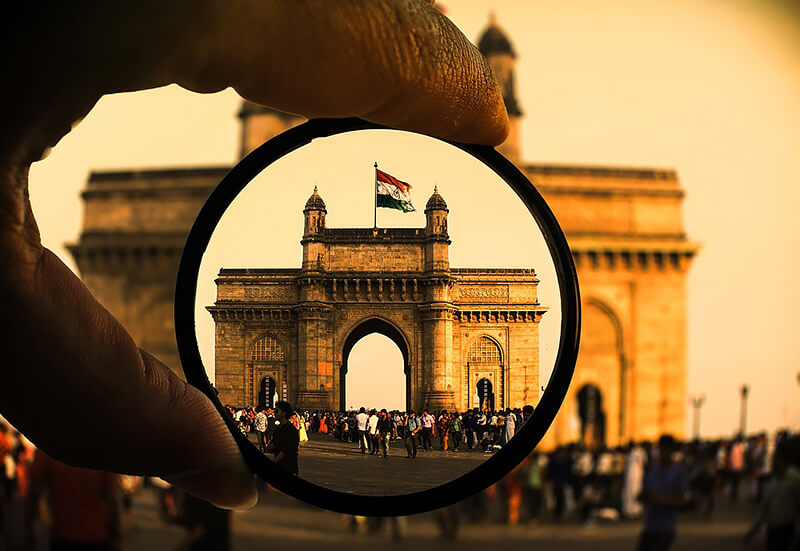When you think of architectural photographs, you usually imagine sharp photos and clear images showing the main facade of buildings and their front structure, however, in this tutorial, we’ll show you how to add impact to images of large buildings when shooting from below. all the way up.
Modern architecture, with more square shapes and massive use of glass to create smooth, reflective surfaces, is the ideal theme for photographing from this extreme perspective. The conversion of architectural photographs to black and white is also combined with this technique, which gives silver tones. The main secret is to plan the photo shoot when the clouds move quickly in the sky?The faster the clouds, the easier it will be to capture a dramatic effect, which goes well with architectural photographs. to the tips:
- The first step is to find a large building or structure like that.
- Look for the corners and edges of this structure.
- As well as large glass windows that can reflect light and illuminate other parts of the building.
- Facade details can also help.
- Add texture to your architectural photographs.
Place yourself at the base of the building, in front of the upper corner of the building you want to photograph. Place your camera on a tripod and point it to the frame. Compose your photo so that the frame mainly covers the edge of the corner. of the chosen building?add a little paradise in this environment.
In manual mode, select the f / 16 aperture with an ISO of 100. This will not only help you maximize the depth of field, but will also ensure that the entire building structure stands out in your architectural photographs. Reduce the amount of light that hits your camera’s sensor.
To further improve depth of field, select the AF point manually, preferably one-third toward the center of the frame.
Then put a neutral density filter on your camera lens to block light spots. After inserting the filter, you will need to reduce the shutter speed until the exposure level indicator lines up with zero on the exposure scale.
Take a test photo and check the histogram to make sure none of the reflections are broken. If this is the case, you will need to increase the shutter speed. If your photo gets too dark, you’ll need to slow down.
To make your architectural photos even more striking, convert them to black and white. This can be done in the camera itself. These settings can be used on some photos and not on others to allow you to evaluate which one produces the most pleasant result for you.
At the end of these tips, it will be difficult not to have eye-catching and eye-catching architectural photographs, besides following them it is very important to experiment, both in DSLR camera configurations and in different types of architectural structures.

